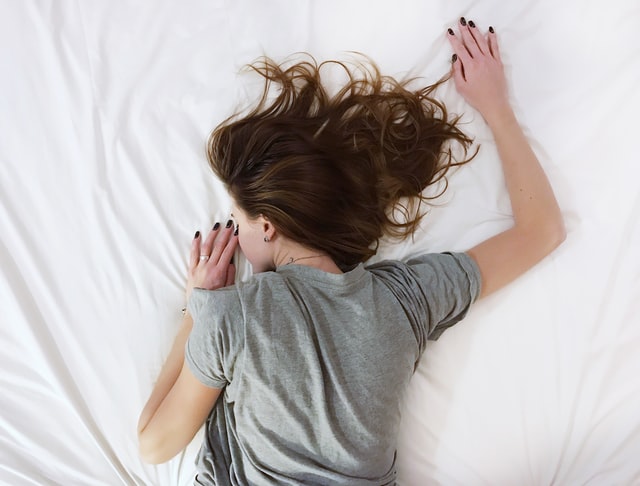Lice are small insects that grow up to 1/2 inch in length
Most people recognize head lice by their size or by seeing one or two already embedded in someone’s hair. However, they can be identified from another perspective too!
Their color is not very uniform. Usually only some of them are darkly pigmented, while the others are more lightly staining.
Also, you may detect a smell coming off of them. Some people refer to this as “louse breath”. It has been reported to both adults and children.
This article will discuss how to distinguish lice and particularly how to identify those responsible for your problem.
Lice survive by feeding on your blood
Believe it or not, lice don’t actually need food to live. They eat your blood! However, they can gain weight much more quickly when you feed them.
If you have head lice, each of their bodies is composed of only 16 cells, which means they are very easy to kill.
When you get sick from lice, your body fights back by making you feel weak. The flu-like symptoms that occur after you contract lice are your body’s way of preventing them from becoming parasites in your system.
However, being hungry helps those little monsters grow even faster. If you go through an entire week without eating enough, they will start to consume more of your blood.
When this happens, your sickness level goes down because you’re consuming less blood. It’s a circle!! No wonder you feel so lousy!
Next time you are trying to figure out why you aren’t feeling great, remember to ask yourself if you were healthy before the last lice attack. Most people experience a fever every now and then, but once you make it past that stage, you’ll be looking for a cure.
Keeping track of how long you have had the lice and going about how you got the infection will help you create a plan for removal.
Lice are very small and do not make good food for children
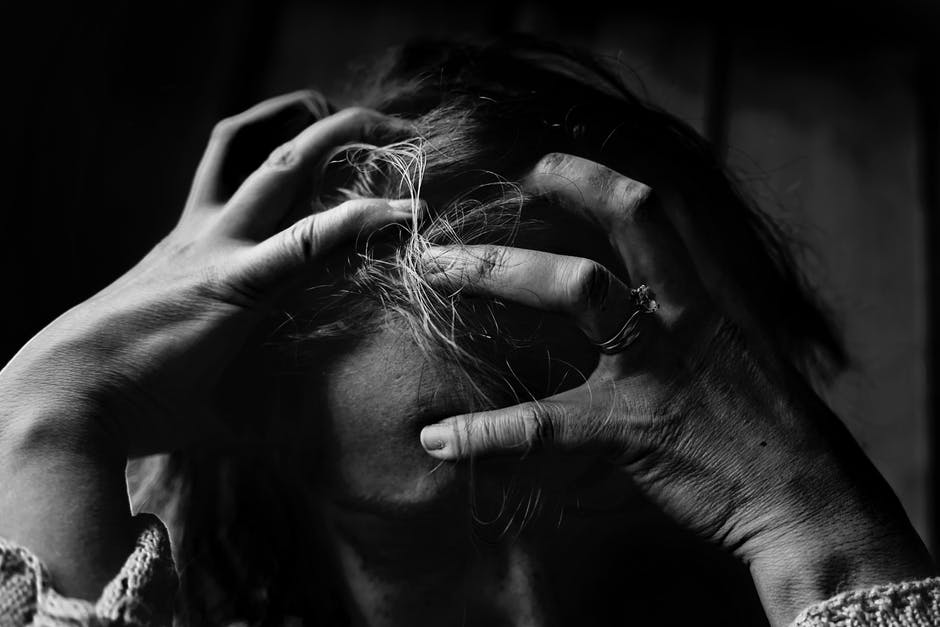
Photo by Kat Smith on Pexels
While we may think they look scary, lice really like soft surfaces such as pillow cases or sheets. They can’t jump far, so if your child is worried about this being one of their friends houses, let them take it to a doctor or find another way to get rid of it; otherwise you are wasting time and energy worrying what cannot be saved.
Also, even though we may worry about kids getting sick from other people, lice have some of the most contagious diseases there are. What’s more, while young children tend to keep head lice off of others, adults are much harder to convince to stop grooming and washing their hair.
The healthier thing to do is avoid making contact with any part of someone else’s body that needs to be cleaned. This means keeping away from school and community clothing in case you need help cleaning clothes. If you work at a job where laundry is done, consider bringing your own clothes to leave around the house.
It also helps to know which parts of the house are safe. Make sure pets and children understand that these areas are off-limits. At night when everyone is asleep it is hard to prevent animals from coming into your room and jumping onto your bed, but remember no matter how tired you are, stay awake long enough to protect your family!
Wash your hair with hot water for at least 20 seconds
The most effective way to remove head lice is by using an insecticide shampoo. Create a solution of 1 part insecticide shampoo and 9 parts hot water.
Apply this solution to your wet hair, and then let it sit in for at least 15 minutes before you rinse it out.
Some people may still see some lice after this treatment, so leave your hair alone to dry and don’t try to comb or wash again until the time has passed.
When using this method, make sure that you use enough shampoo to cover the lice and dirty spots while keeping your hair as clean as possible. Use a low-sudsing product if you have fine hairs, since sudsy products can make things worse.
Wash your hair with conditioner
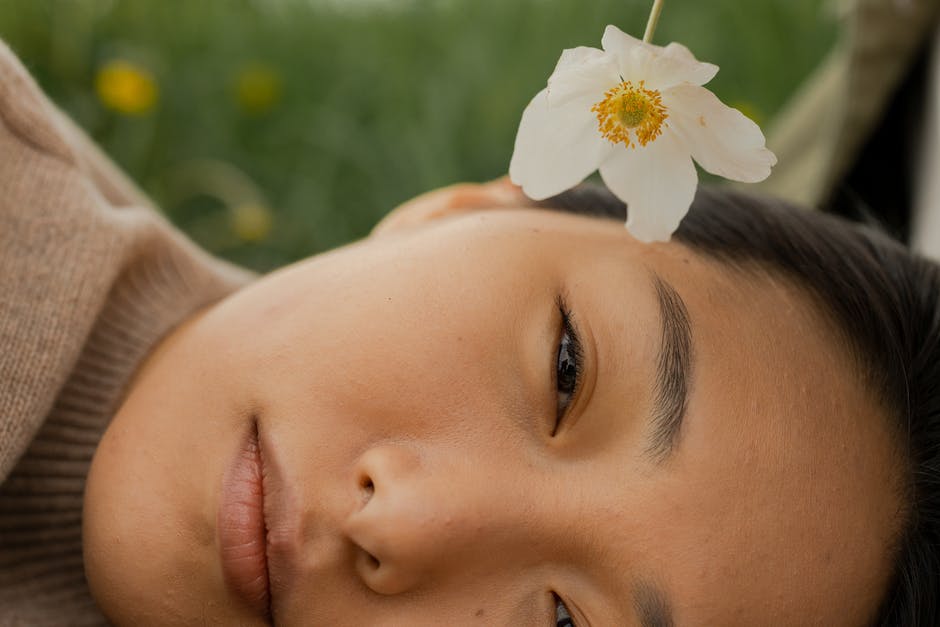
The first step in treating head lice is cleaning your hair. You should use an excellent quality shampoo, conditioner, or root mask that does not contain any chemicals.
Your hair must be thoroughly rinsed off before you take any action against the parasite. Until you do, the eggs cannot hatch, so removing them is impossible.
Then, dry your hair using a towel to avoid distributing extra water or heat into your skin. If you have thin hair, then you can blowdry after washing, but if you have thick hair, then simply use a little bit of cream/conditioning for easier drying.
After you’ve dried your hair, put in a clip or hood and secure it as close to your neck as possible. This will help keep the parasites out of your mouth and make it less likely that you’ll swallow them accidentally.
Now, get some good-quality hot water and pour it over your head as quickly as you can without losing any temperature. Make sure all of your hairs are wet, so they’re easier to removed.
Next, remove the clips from your hands and rinse them under the tap until they feel clean. Repeat this process several times until you feel comfortable letting your hair air dry.
When you’re dry, put back the accessories you wore while drinking. It’s important to stay relaxed once you return home in order to concentrate on stopping the outbreak.
Use a fine-toothed comb
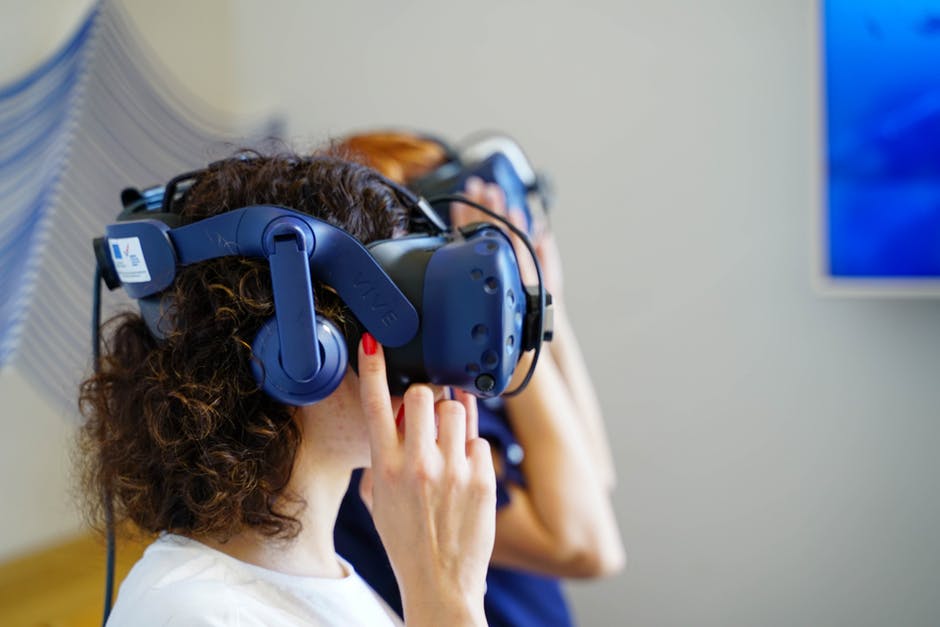
Combs have been around for thousands of years as an instrument for personal hygiene. Because of their effectiveness, small combs made from hard material (typically metal) are sometimes used in police forensic services to recover DNA markers from hair.
However, modern combs are also useful for removing head lice that collect near hairs. Since these tiny insects can latch onto hairs with their pincer-like jaws, they can be difficult to remove using standard methods like brushing or spraying.
The toothed portions of combs make gentle squeezing actions on the skin helpful for reducing inflammation and pain caused by rubbing. Also, since scalp massage stimulates blood flow, more loosened lint and dirt are likely to be extracted when using a comb.
No matter which type of comb you use, it is important to separate hair strands from the surface to give yourself room to move lice around while separating them. This prevents split ends and makes the process easier once your base line has been established.
Wash your clothes with hot water
Clothing is one of the most common ways people get head lice, so eliminating it is an essential step in avoiding infestation.
There are two basic methods you can use to eliminate the head louse from your clothing: washing both old and new items together and putting the dirty laundry into the wash separately.
This method should be able to kill all viable eggs present on the garments. As long as more than one egg has been washed off, remaining contaminated areas will no longer need to remain that way.
Pre-treatment of any newly acquired item (such as at a hotel) also needs to be taken into account when choosing a treatment course. It is not necessary to treat every piece of clothing individually. Combining several pieces reduces time spent treating multiple items and speeds up the cleaning process.
Washing only old items keeps the integrity of the garment intact while still providing complete coverage against head lice. By separating the old items from the new ones, there’s less chance for spread between batches.
Wash your clothes with detergent
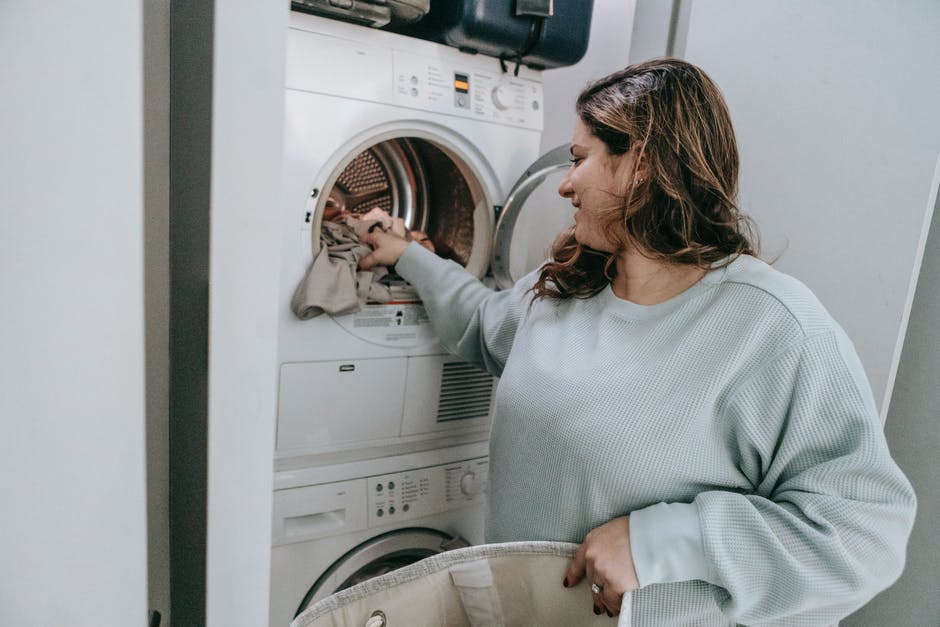
Photo by Sarah Chai on Pexels
Liquid fabric cleansers are becoming more and more popular as a way to get rid of lice and their eggs. However, they can be expensive, and you may not find that they work as well as traditional methods.
There are several ways we can use to kill head lice, including using soap, shampoo, or liquid laundry detergent.
You should try one of these simple solutions first before going onto a more complicated method.
Use a beater brush
Your first line of defense is usually dry brushing, using a firm but gentle hand technique. The idea is to sand down any hair that can no longer produce thick, healthy hairs. You can also use a detangling spray to smooth tangles.
But the most effective way to kill head lice is by brushing with a beater brush. This kind of brushing beats against your skin and helps make contact with all areas of your scalp.
Beating creates friction and heat, which ultimately kills any lice caught in the bristles. Dry brushing once a week for several weeks has been found to greatly reduce head lice levels.
There are different types of beater brushes, but they all work the same way. Let your fingers decide on the type you need. A small one is recommended if you have frequent infestation or if your hair tends to get sweaty at night.
A larger one is good for people with extensive hair and those who tend to sweat less but want more coverage. Still another tip is to back off on the frequency you treat your head lice.
This may seem counterintuitive, but it makes sense when you think about it: the more times you repeat a routine, the easier it will become. With time, you’ll better adjust to the process!


